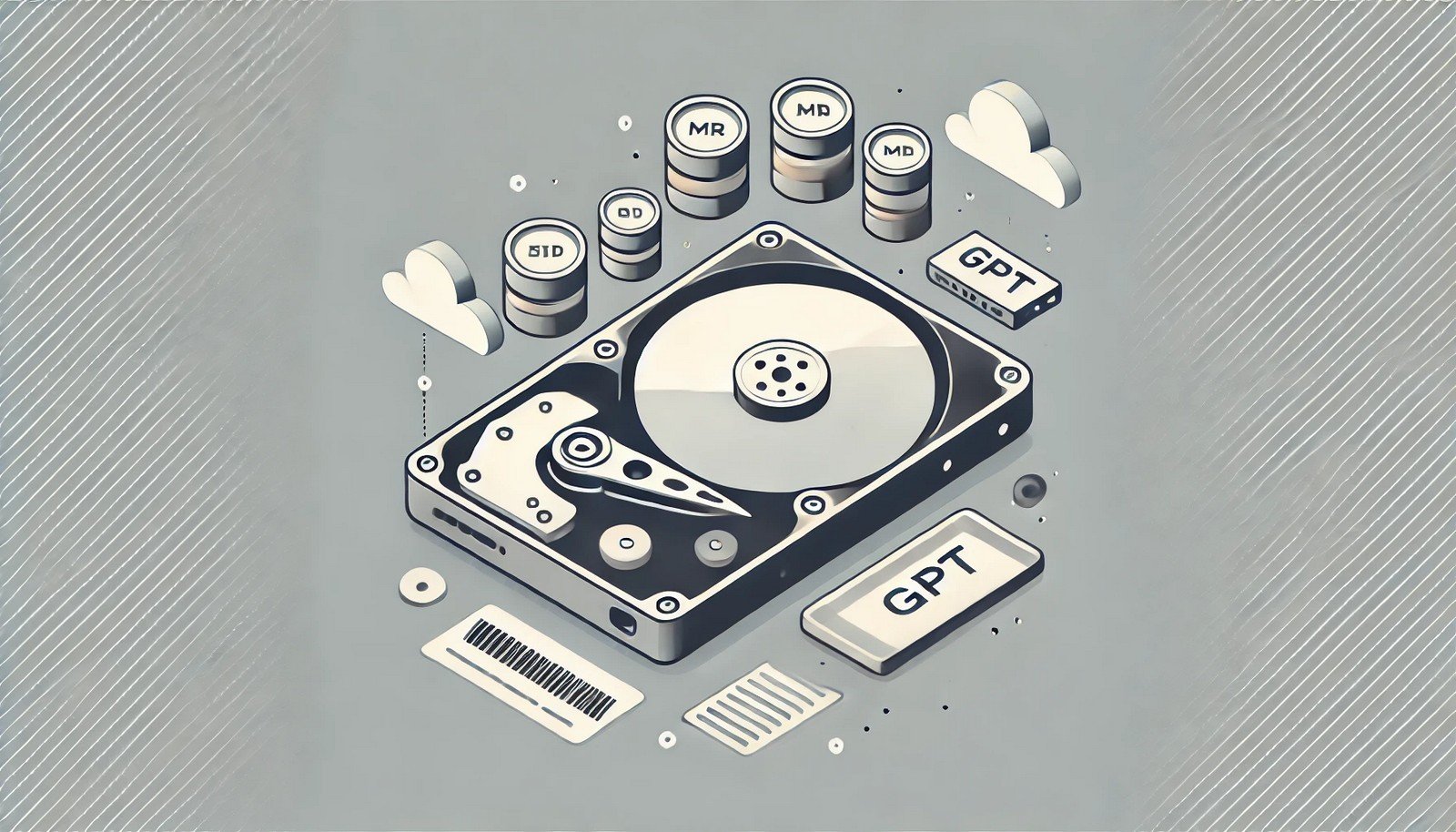Partition Table
 (Representational Image | Source: Dall-E)
(Representational Image | Source: Dall-E)
Quick Navigation:
- Partition Table Definition
- Partition Table Explained Easy
- Partition Table Origin
- Partition Table Etymology
- Partition Table Usage Trends
- Partition Table Usage
- Partition Table Examples in Context
- Partition Table FAQ
- Partition Table Related Words
Partition Table Definition
A partition table is a data structure on a storage device like a hard drive or SSD that contains information about how the storage is divided into partitions. Each partition acts like an independent storage space, allowing the system to manage multiple operating systems, file systems, or data sets on a single physical device. Common partition table formats include MBR (Master Boot Record) and GPT (GUID Partition Table), each with distinct structures and capacity limitations.
Partition Table Explained Easy
Think of a partition table as a book's table of contents. Just like a table of contents tells you where each chapter starts, a partition table tells the computer where each section of storage begins and ends. Without it, the computer wouldn’t know how to find or organize the data.
Partition Table Origin
The concept of partitioning dates back to the early days of computing, enabling multiple operating systems and efficient data management on limited hardware resources. Early partition tables were simple, evolving with larger storage capacities and more advanced hardware requirements.
Partition Table Etymology
The word "partition" comes from the Latin "partitio," meaning division or separation, reflecting its role in dividing storage space.
Partition Table Usage Trends
With the growth of data storage technologies, partition tables have become increasingly sophisticated. GPT has gained popularity due to its ability to support larger disks and more partitions compared to MBR. Modern operating systems rely heavily on GPT, especially in UEFI (Unified Extensible Firmware Interface) environments.
Partition Table Usage
- Formal/Technical Tagging:
- Data Storage
- Disk Partitioning
- System Architecture - Typical Collocations:
- "MBR partition table"
- "GPT format"
- "disk partition management"
- "partition recovery tools"
Partition Table Examples in Context
- A GPT partition table is essential for modern SSDs, supporting disks larger than 2 TB.
- MBR partition tables are still used in older systems for backward compatibility.
- Many system administrators use partition tables to dual-boot Linux and Windows on the same device.
Partition Table FAQ
- What is a partition table?
A partition table is a map that defines how storage is divided into sections called partitions. - What are the main types of partition tables?
The most common types are MBR and GPT. - Why do modern systems prefer GPT over MBR?
GPT supports larger disks and more partitions compared to MBR’s limit of four primary partitions. - Can I convert MBR to GPT?
Yes, but it requires careful data backup as the conversion can result in data loss. - What is the maximum disk size supported by GPT?
GPT supports disks up to 9.4 zettabytes, far beyond current storage needs. - Is a partition table necessary for external drives?
Yes, it organizes data and makes the drive usable by operating systems. - How can I check my disk's partition table format?
Use tools like Disk Management in Windows or thefdiskcommand in Linux. - What happens if a partition table is corrupted?
The system may fail to boot or lose access to stored data until the table is repaired. - Can a partition table be recovered?
Yes, with specialized software tools or manual recovery methods. - Do all storage devices have partition tables?
No, removable media like USB flash drives often use simpler structures.
Partition Table Related Words
- Categories/Topics:
- Data Storage
- System Architecture
- Disk Management
Did you know?
The GPT partition table format is essential for modern systems, especially for large-capacity drives. Introduced as part of the UEFI standard, it allows up to 128 partitions on a single disk without the limitations of MBR.
PicDictionary.com is an online dictionary in pictures. If you have questions or suggestions, please reach out to us on WhatsApp or Twitter.Authors | Arjun Vishnu | @ArjunAndVishnu

I am Vishnu. I like AI, Linux, Single Board Computers, and Cloud Computing. I create the web & video content, and I also write for popular websites.
My younger brother, Arjun handles image & video editing. Together, we run a YouTube Channel that's focused on reviewing gadgets and explaining technology.



Comments powered by CComment